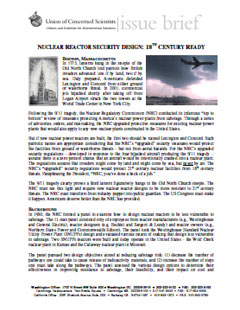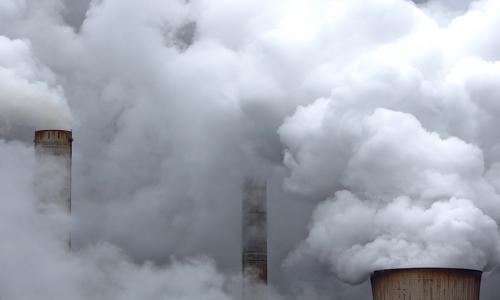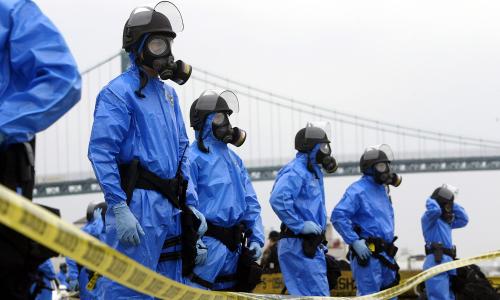Following the 9/11 tragedy, the Nuclear Regulatory Commission (NRC) conducted what it termed a "top to bottom" re-evaluation of security measures for our nuclear power reactors. Through a series of advisories, orders, and rulemaking, the NRC required security measures to be upgraded.
The 2005 Energy Bill contained potentially billions of federal subsidies for new nuclear reactors. But amid all the talk about building new nuclear power reactors, the majority of NRC's Commissioners voted against requiring new reactor designs to explicitly consider intentional aircraft crashes. Thus, new reactor designs have been developed accounting for bad guys who arrive on foot or by boat, but not by aircraft. It's as if the Wright Brothers never invented the aircraft or 9/11 never happened.
The 2005 Energy Bill also extended federal liability protection under Price-Anderson to new nuclear reactors. So, if the next 9/11 tragedy involves a nuclear reactor target, the nuclear plant owner(s) will be protected from liability claims from the Americans unprotected by the NRC's short-sighted stance.
The NRC knows better. In 1980, a panel of industry experts evaluated existing reactor designs and outlined changes that would reduce vulnerability to sabotage. Their findings are contained in a 800-plus page report issued by the NRC in 1981. The "advanced" reactor designs already certified by the NRC and those currently under review fail to incorporate the sabotage-resistant features identified by the industry panel more than a quarter of a century ago.
The US Congress needs to prevent the NRC from licensing new reactor designs that fail to account for the threat from intentional aircraft crashes. The US Congress must protect the American public from nuclear Katrina, because the NRC seems adverse to doing so.
UCS released an issue brief titled "Nuclear Reactor Security Design: 18th Century Ready" about the problem and its solution.




